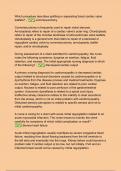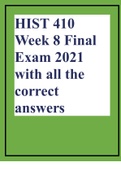Exam (elaborations)
Med-Surge Nursing Cardio Prep U ch 28 Questions with verified correct answers - complete solution 2024
- Module
- Med-Surge Nursing
- Institution
- Med-Surge Nursing
Med-Surge Nursing Cardio Prep U ch 28 Questions with verified correct answers - complete solution 2024
[Show more]





